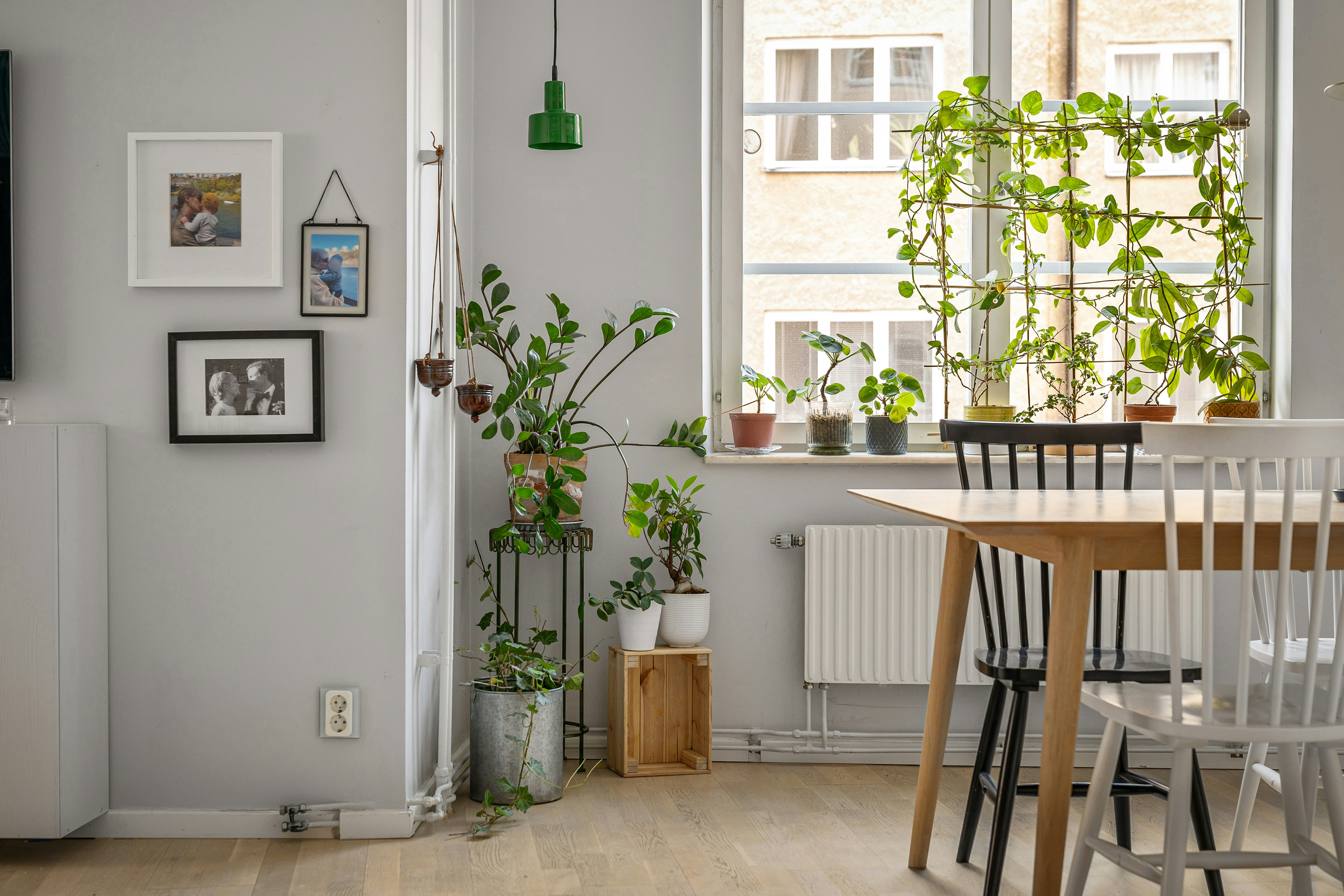
Simple Steps for Eco-Friendly Home Improvements
Bringing eco-friendly touches to your home does not require a big budget or months of preparation. By making a few simple changes and selecting sustainable products, you can enjoy meaningful benefits for both the environment and your wallet. Adjustments such as saving energy, using less water, and opting for greener materials allow you to create a healthier living space. These choices not only reduce your impact on the planet but also help you cut down on household expenses. Even small steps can lead to a more comfortable, environmentally conscious home that you and your loved ones can appreciate every day.
This guide outlines straightforward steps you can take immediately. From assessing how your home uses resources to adopting smart gadgets and eco-friendly materials, you will find practical advice and fresh ideas. Let’s begin with the first step and discover where you can make the greatest impact.
Assess Your Home’s Environmental Impact
- Check Your Energy Bills: Gather your last 12 months of bills and calculate your monthly usage to find spikes. Recognizing patterns helps you target areas that need attention.
- Inspect for Air Leaks: Walk through each room, holding a lit incense stick near windows, doors, and outlets. If smoke wavers, gaps allow conditioned air to escape.
- Measure Water Use: Install a simple flow meter on faucets or note how long you take showers. This information shows habits you can change to reduce consumption quickly.
- Evaluate Indoor Air Quality: Observe signs of mold or stale air. A few houseplants can naturally clean the air, while regular ventilation reduces pollutants.
- Audit Lighting: Move through your rooms after dark and note fixtures using incandescent bulbs. Replacing these can cut your electricity use significantly.
By identifying the largest sources of waste in your home, you can focus on changes that provide quick benefits. You will see savings grow and feel motivated to pursue more upgrades.
Energy-Efficient Upgrades
Upgrading insulation and sealing leaks creates a foundation for long-term energy savings. Add weather stripping around doorframes and seal gaps around pipes to prevent heat loss in winter and keep hot air out in summer. Many homeowners recover installation costs within a year through lower heating and cooling bills.
Switch to LED lighting to dramatically reduce electricity consumption. LEDs run cooler and last much longer than traditional bulbs. Use dimmable fixtures or smart switches to adjust brightness and mood, further reducing power use.
Finally, replace old appliances with ones that carry the *Energy Star* label. Refrigerators, washers, and dishwashers approved by this program meet strict efficiency standards. When shopping, compare estimated annual energy use to select the most efficient options available.
Water Conservation Techniques
You can save gallons of water daily by making a few simple changes in your bathroom and kitchen. Start by fitting low-flow aerators on faucets; they maintain pressure while reducing water flow. Try short, 60-second showers with a kitchen timer or a timer-equipped showerhead to monitor your time.
- Use a dual-flush toilet conversion kit to choose between full and partial flushes.
- Collect cold water in a bucket while waiting for it to heat, then use it for plants or cleaning.
- Operate a high-efficiency washing machine that adjusts water levels based on laundry load size.
- Gather rainwater in barrels for outdoor watering instead of running hoses for hours.
These small adjustments quickly lead to lower water bills and a lighter environmental footprint. You will appreciate reduced utility costs and feel good about using resources responsibly.
Sustainable Materials and Supplies
Selecting eco-friendly materials for home projects helps cut your carbon footprint from the beginning. Bamboo and reclaimed wood serve as beautiful, renewable options instead of traditional hardwoods. Cork flooring provides natural insulation and adds a warm, modern look to any room.
Replace chemical-based paints with low-VOC or zero-VOC formulas. They emit fewer harmful compounds, improving indoor air quality. Look for flooring made from recycled content—many tiles now incorporate glass, rubber, or plastic waste to create durable, attractive designs.
For cleaning, choose plant-based solutions over harsh chemicals. Products labeled with *EcoLogo* certification have passed rigorous environmental impact tests. If you prefer DIY mixtures, combine white vinegar, baking soda, and essential oils to handle most daily cleaning tasks without toxic residues.
Smart Home Technologies
Modern devices let you monitor and control resource use from anywhere. A programmable thermostat, like *Nest*, learns your schedule and adjusts temperatures automatically. You will wake up to warmth only when needed and avoid heating or cooling an empty house.
Install smart plugs to track the energy draw of individual appliances. You can turn off devices remotely or set them to switch off at specific times. For lighting, smart bulbs connect to your phone or voice assistant, allowing you to turn off forgotten fixtures after leaving home.
Consider a home energy management system that shows real-time usage. Watching charts and alerts encourages you to reduce waste. Over time, you will notice patterns and try small experiments—such as turning off standby power or adjusting thermostat setpoints—to further lower your environmental impact.
By adopting these technologies, you stay informed and in control. You will enjoy data-driven improvements and share insights with friends, encouraging conversations about sustainability in daily life.
Take action today to make your home more sustainable. Track your progress and encourage others to join you. Small steps can create a meaningful impact for your household and the environment.